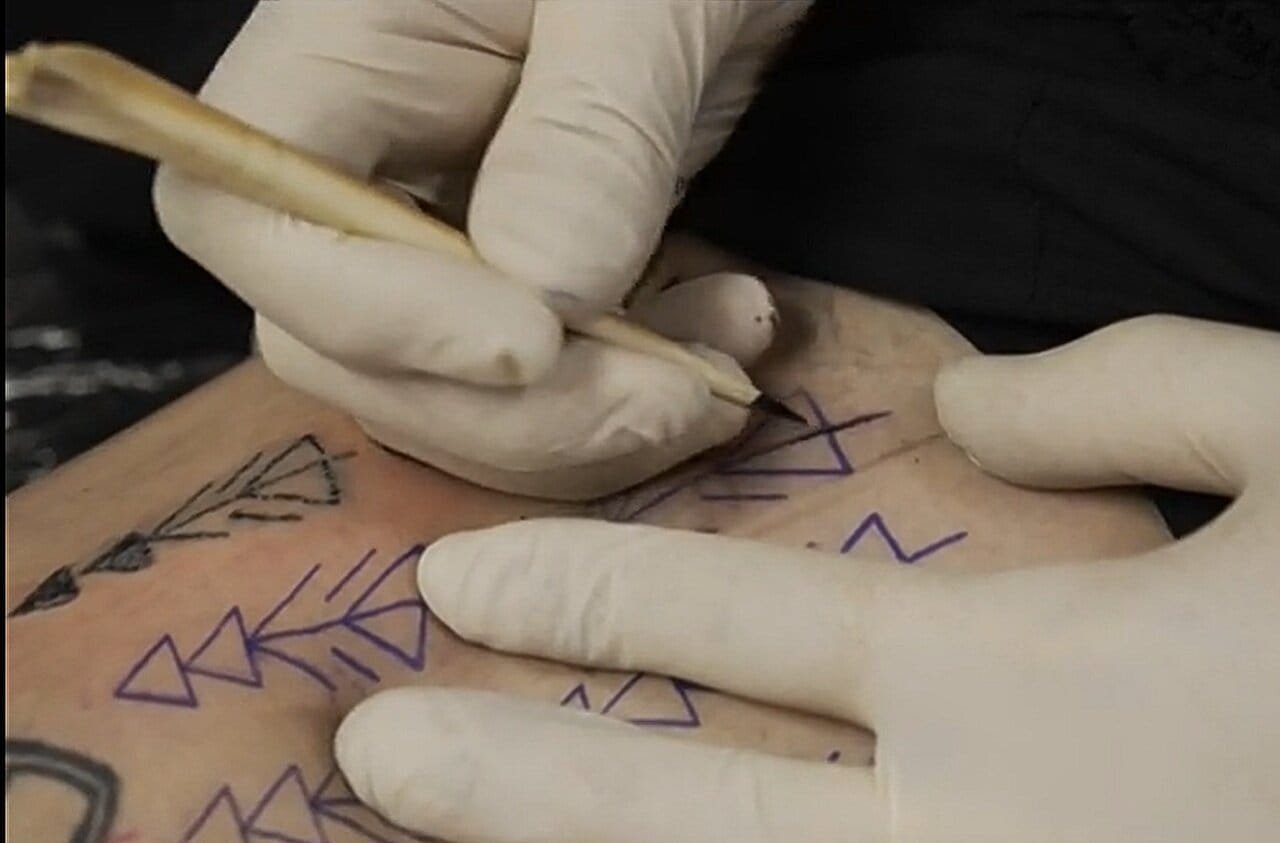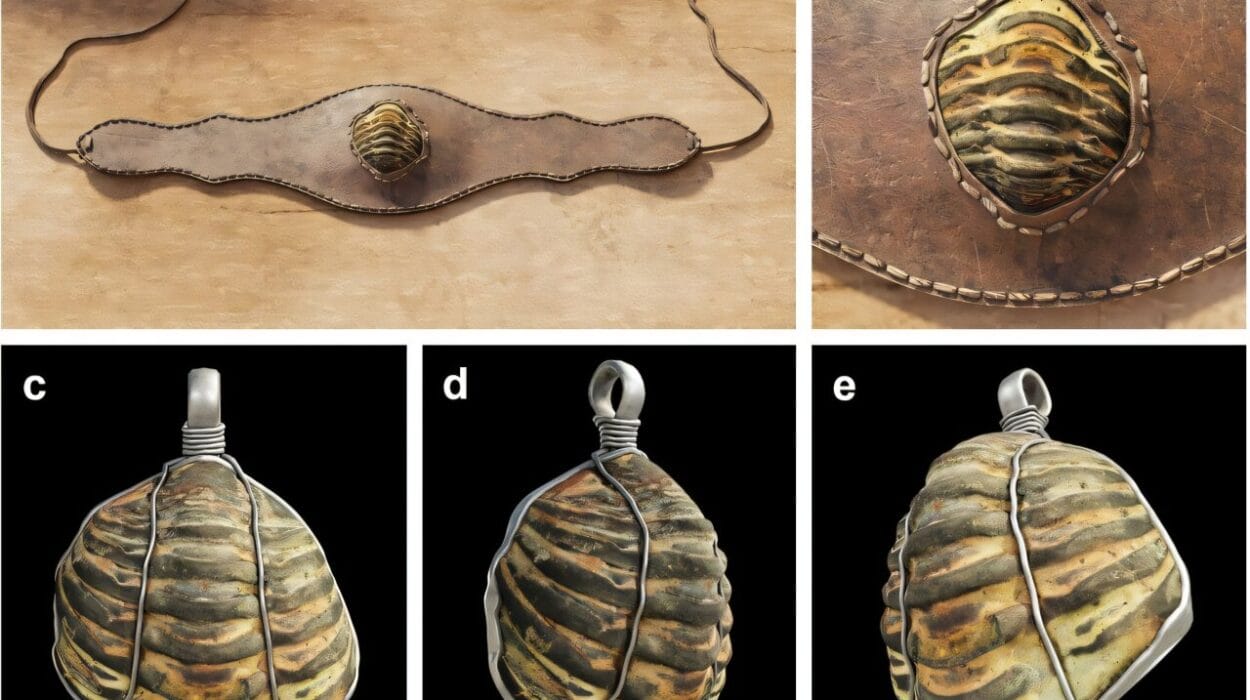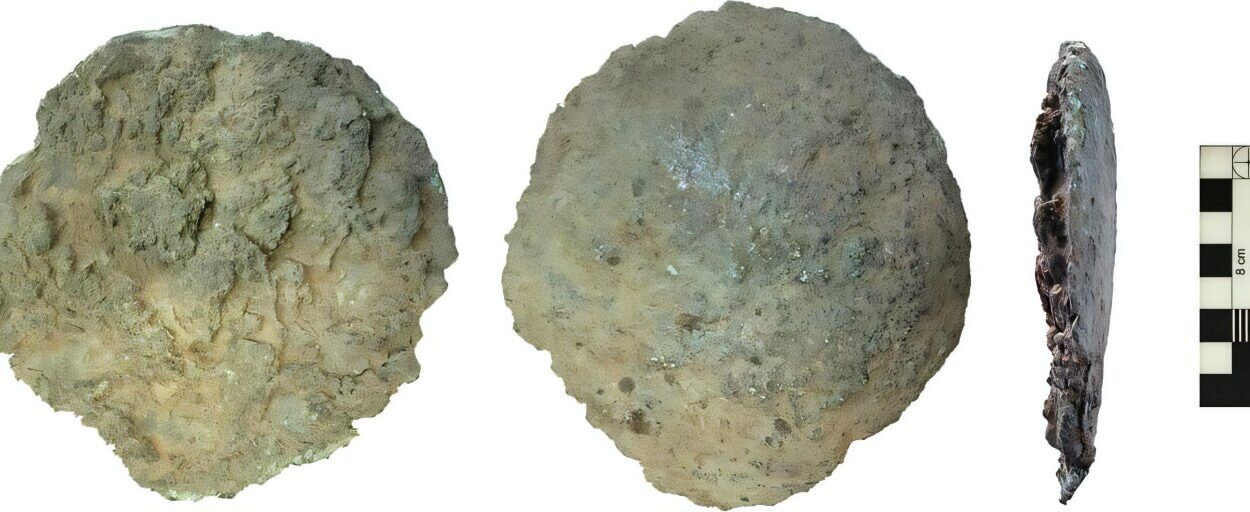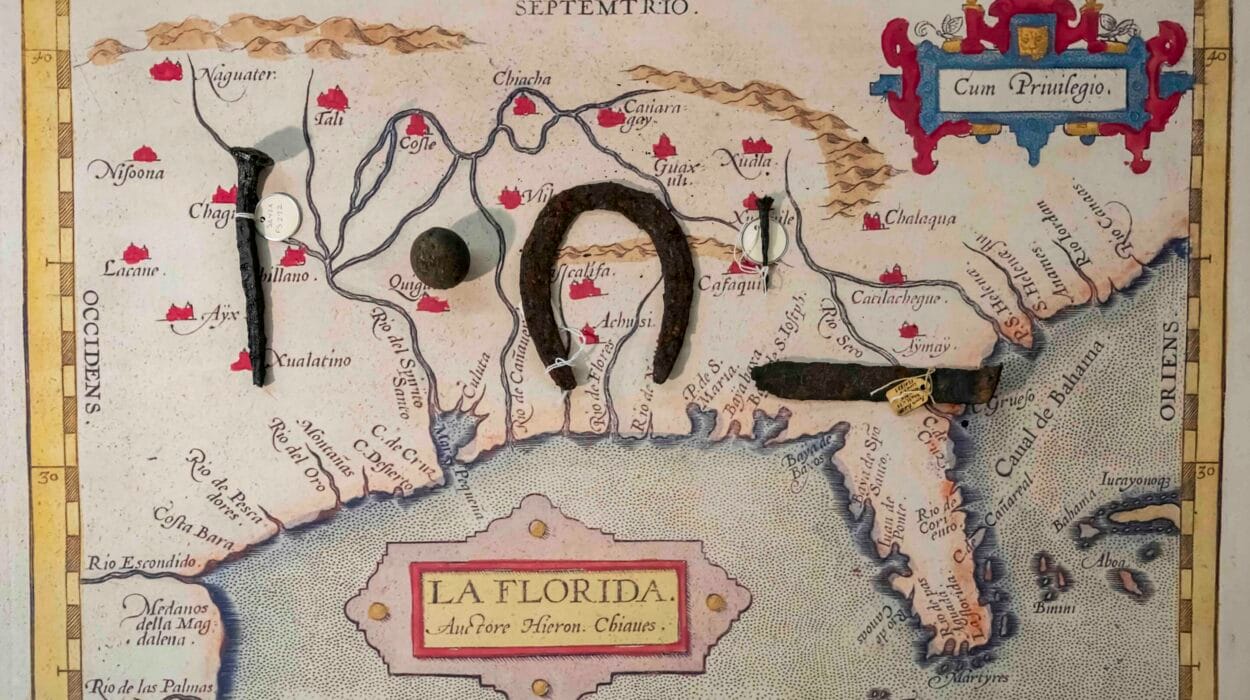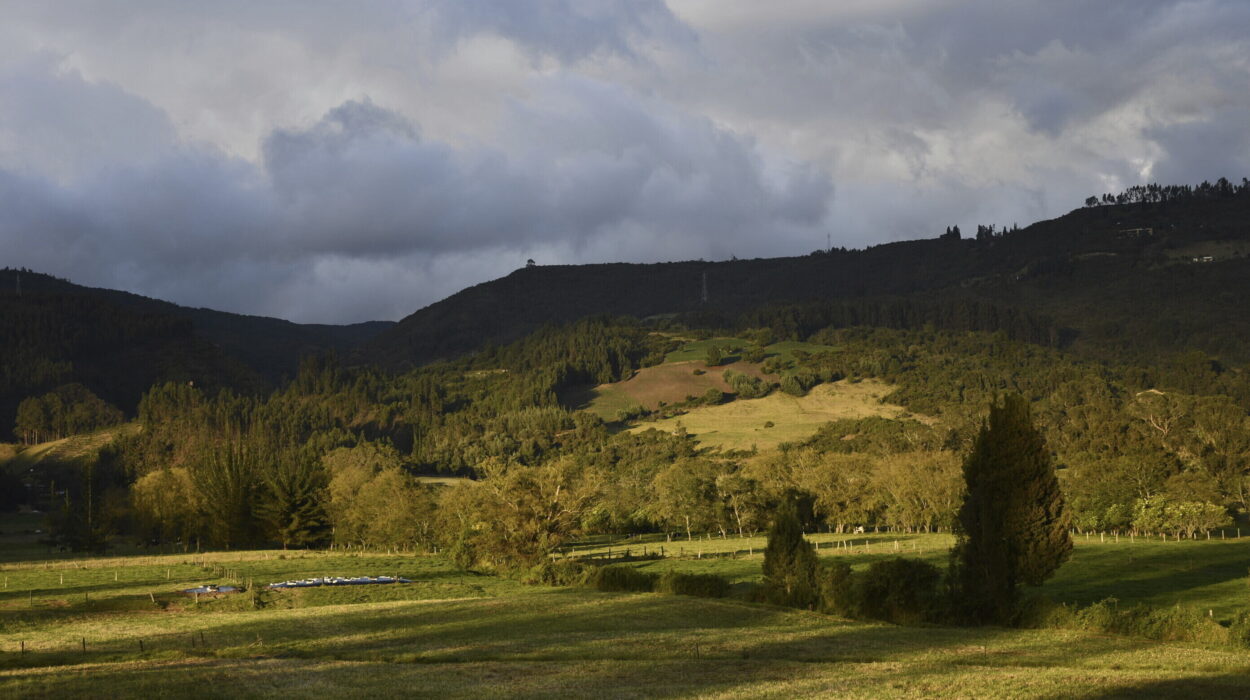When hikers in the Italian Alps stumbled upon a corpse jutting from glacial ice in 1991, they had no idea they were looking at one of the oldest preserved humans ever discovered. Lying face down in a rocky hollow at over 3,000 meters above sea level, Ötzi the Iceman had remained hidden beneath layers of snow and time for more than 5,000 years. He emerged from his icy grave with skin still intact, a copper axe by his side, and—perhaps most curiously—tattoos etched into his leathery skin.
There were no mythical beasts or ornate symbols, only short, dark lines and crosses—seemingly simple marks running across his lower back, legs, ankles, and wrists. Yet they raised one of the most enduring mysteries about this prehistoric man: how were these tattoos made, and why?
A Mystery Written in Flesh
Over the decades, scientists cataloged the tattoos—61 in total. Most were found near joints and along the lumbar spine. Their simplicity seemed to suggest function over fashion, leading some to propose that they were therapeutic, even proto-acupuncture. But beneath the debate about purpose lay a more practical question: what method did a Copper Age tattooist use to pierce human skin and leave behind a permanent mark?
Four main possibilities had been proposed. Incision tattooing, where a blade opens the skin and ash is rubbed in; subdermal tattooing, in which pigment is inserted beneath the skin through pressure; hand-tapping, using a sharp point struck by a stick; and hand-poking—directly jabbing a single-pointed tool into the skin to deposit pigment.
Ötzi’s tattoos were made of carbon-based pigment, likely soot or ash. They were deeply embedded and had retained their form despite five millennia of freezing and thawing. The lines were striking in their precision—short, parallel, deliberate. Most scholars believed incision was the likely method. But that assumption lacked experimental proof.
Now, more than 30 years after Ötzi’s discovery, a team of archaeologists, historians, and even tattoo artists set out to test that theory with an unusual blend of science and skin.
Experimental Archaeology Meets the Tattoo Chair
Sometimes, the past speaks clearest when it is replicated. To uncover the truth behind Ötzi’s ink, researchers conducted a novel experiment: they recreated his tattoos using ancient techniques—on living human skin.
A brave tattoo artist volunteered for the task, agreeing to have his own leg turned into a living canvas. He used each of the four proposed methods to create tattoo lines mimicking Ötzi’s—short strokes, angled patterns, and cross-like arrangements—all made without modern equipment.
After healing, the researchers photographed the tattoos in microscopic detail. Every pore, pigment deposit, and skin indentation was analyzed and compared to high-resolution images of Ötzi’s own tattoos.
The results were as clear as they were compelling.
The tattoos created using hand-poking bore the closest resemblance to those on the Iceman’s body. The lines, while not perfectly smooth, were composed of overlapping dots—tiny disks of ink deposited precisely where a needle-like tool had pierced the skin. This pattern matched what scientists observed on Ötzi’s ancient skin under magnification. The incision tattoos, by contrast, appeared more like smeared ink poured into a cut—messier, less defined, more prone to bleeding or distortion.
Ötzi’s tattoos, by all appearances, were the deliberate result of a careful, repetitive, puncture-based method.
The Hand-Poking Technique: Ink by Ink, Dot by Dot
Hand-poking may sound primitive, but it is an art that requires skill and patience. The process begins by sharpening a small stick or bone to a fine point. The tip is dipped into pigment—usually made from natural sources like soot, crushed charcoal, or plant extracts. Then, with careful hands, the tool is pushed into the skin, just deep enough to leave the ink behind. Repeating this action hundreds of times forms a visible line, composed of closely packed points.
Unlike modern tattooing machines that hum and buzz through the skin in seconds, hand-poking is slow, deliberate, and intimate. Each mark is a commitment. Each dot carries intention.
The tattoos made this way heal differently too. The resulting marks are often deeper, more resistant to fading, and less reliant on surface scabbing. Ötzi’s tattoos, surviving more than five millennia, are a testament to the durability of this ancient craft.
Was It Art, Medicine, or Magic?
While the method now seems more certain, the meaning behind Ötzi’s tattoos remains elusive. Their placement—near joints like knees, ankles, and the lower spine—has led some scholars to believe they were a form of pain relief, not decoration. Perhaps the dots aligned with pressure points, similar to acupuncture, which wouldn’t be developed formally for another 2,000 years in China.
But the possibility of symbolic or spiritual significance can’t be ruled out. In early cultures, tattoos often held mystical meaning. They could ward off evil, mark rites of passage, or signify tribal status. Some tattoos may have even been used to guide the dead into the afterlife. Ötzi, wandering through alpine wilderness with his inked skin and copper blade, may have carried stories that only his people understood—stories now lost to time.
It’s also possible that his tattoos served multiple purposes. Medicine and ritual, function and form, were rarely separate in prehistoric societies. A mark that relieved pain might also carry spiritual protection.
A New Understanding of Ancient Humanity
What Ötzi’s tattoos tell us—beyond their aesthetic and scientific intrigue—is that humans have long sought to change their skin to reflect something deeper within. Whether it was pain, pride, identity, or belief, ancient people were already engaging in a profoundly human act: using art to express meaning, to endure suffering, to tell stories.
The fact that Ötzi’s ink has lasted over five thousand years speaks not only to the method used but to the enduring need we have to leave a mark on the world—and to carry meaning on our skin.
As scientists replicate the marks that once adorned a man walking the lonely mountain paths of prehistory, they do more than solve a mystery. They reconnect us to that world, to that man, and to the countless others whose stories remain untold, buried in ice, time, and bone.
In the end, Ötzi’s tattoos are not just pigment under skin. They are the echoes of a culture, the whisper of forgotten hands, and now, thanks to science and a little brave ink, a bridge between past and present.
Reference: Aaron Deter-Wolf et al, Chalcolithic Tattooing: Historical and Experimental Evaluation of the Tyrolean Iceman’s Body Markings, European Journal of Archaeology (2024). DOI: 10.1017/eaa.2024.5
